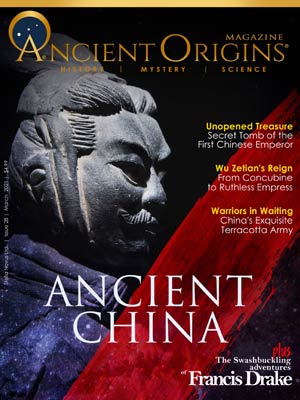
It was the French general and emperor Napoleon Bonaparte (1769 – 1821) who said: "Let China sleep, for when she awakes, she will shake the world". With the largest standing army on the planet, the second biggest economy and one fifth of the world's population, Napoleon’s statement has proved prophetic, as China has proceeded to shake the world to its very foundation. It is only by examining its extraordinary past that we can begin to understand this astounding rise to power.
China has one of the oldest and longest lasting civilizations in history. It also boasts the largest number of inventions that have influenced us today, including the compass, gunpowder, paper, and printing. For many centuries, the sophistication of its culture, science, and technology outshined the rest of the world.
But make no mistake, throughout four millennia of Chinese history, there were not only golden years of innovation, noble emperors, and cultured philosophers and scholars, but also centuries of unimaginable turmoil, ruthless rulers, and devastating wars.
In this issue, we look at some of the greatest splendours of ancient China, such as the Forbidden City, the Great Wall, and the Leshan Giant Buddha; we spotlight its rich religious and philosophical tradition; and we highlight some of its greatest creations, like the world-famous terracotta army of the First Emperor.
We also delve into its turbulent and checkered past, including the reign of its most tyrannical concubine turned empress, and a devastating defeat in history’s largest naval battle.
One thing is for sure, the history of the planet's most populous country is one of the most fascinating, dramatic, and influential in the world.
